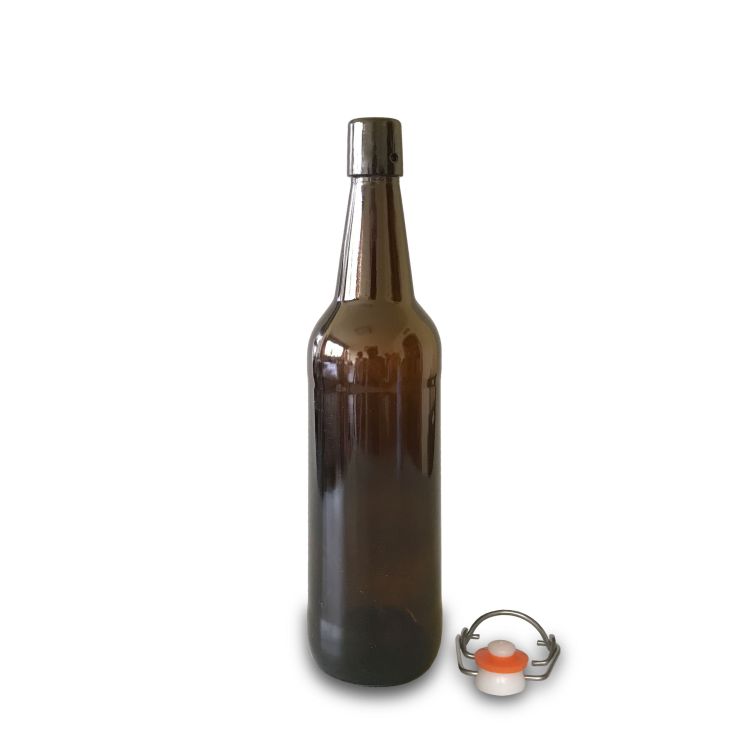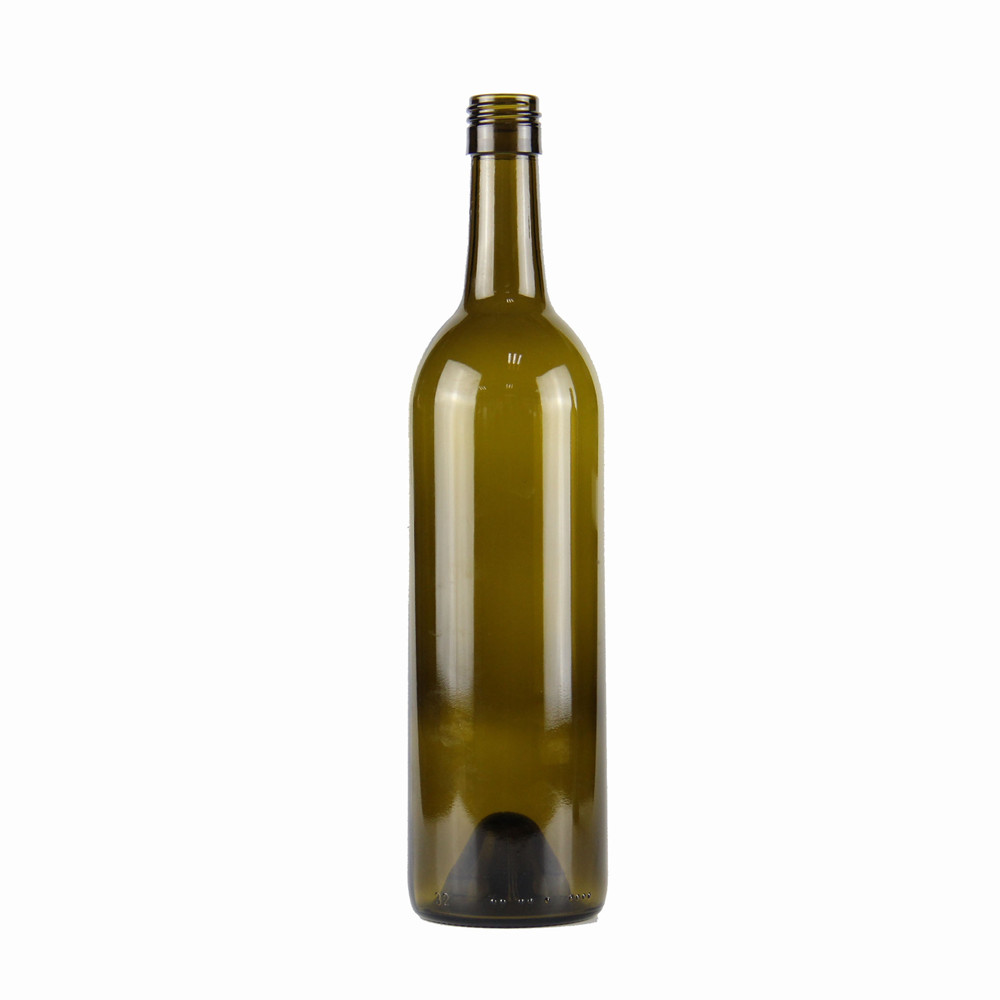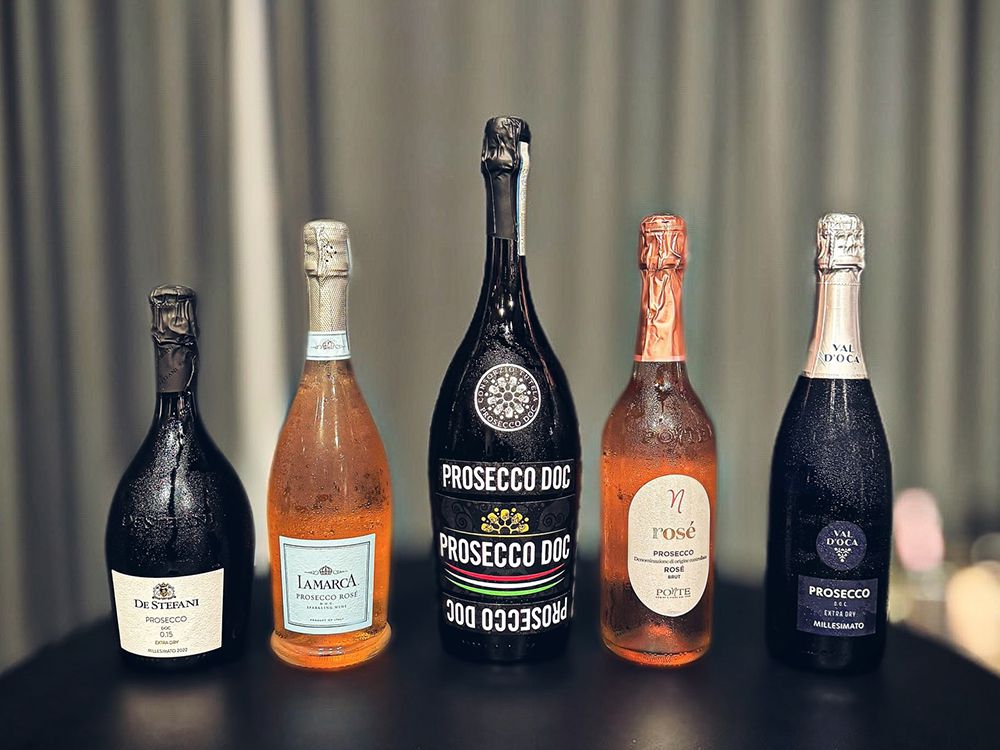Summary
Opening a champagne bottle requires both skill and technique to ensure a safe, controlled pour without excessive spillage or waste. Start by loosening the cage, holding the champagne bottle at an angle, and using your dominant hand to turn the bottle—not the cork. This method minimizes any dramatic spray and preserves the delicate carbonation, offering the perfect pour every time.
Step-by-Step Guide to Properly Opening Champagne

Step 1: Preparing the Champagne Bottle
Before starting, ensure the champagne is well-chilled to around 45°F (7°C). Chilling the bottle reduces pressure, minimizing the chance of an explosive release when the cork is loosened.
- Remove the Foil: Carefully cut and peel away the foil covering the cork.
- Loosen the Cage: Gently twist the wire cage counterclockwise to loosen it. The cage should remain on the cork to provide grip and stability.
Step 2: Positioning for Control
Hold the bottle at a 45-degree angle to maximize control over the cork and reduce the pressure at the bottle’s opening. This angle allows you to manage the cork’s release while minimizing champagne loss.
- Hand Placement: Use your dominant hand to grip the base of the bottle, with the bottom resting firmly in your palm.
- Using a Towel: If the champagne is warm or there is concern about pressure buildup, cover the cork with a towel for added grip and safety.
Step 3: The Cork Release Technique
Contrary to popular belief, you should turn the bottle—not the cork—for a controlled release. This approach provides more torque, easing the cork out gradually.
- Turn the Bottle Slowly: While holding the cork steady, gently twist the bottle from the base.
- Apply Slight Pressure: Keep your thumb over the cork as you turn to prevent it from shooting out unexpectedly.
Note: Applying slight downward pressure helps ease the cork out without a sudden pop, allowing a smooth and controlled release.
Step 4: Pour and Enjoy
Once the cork is released, allow any initial fizz to settle before pouring. This step helps to retain the delicate bubbles.
- Pour at an Angle: Pouring at a slight angle keeps the bubbles intact.
- Savor the Aroma: Champagne’s scent releases immediately after opening, with subtle hints of yeast, citrus, and toast.

Common Mistakes to Avoid
Here are some pitfalls often seen during champagne bottle openings:
- Removing the Cage Prematurely: Always keep the cage on until the cork is loosened, as it offers extra control.
- Shaking the Bottle: Shaking increases pressure and risks a messier opening.
Troubleshooting: When the Cork Won't Budge
If the cork is stuck, try these methods:
- Twist and Wiggle: Gently twist the cork back and forth while keeping a firm grip.
- Increase Your Grip: Use a towel or rubber jar opener to improve grip.
| Common Issues | Solutions |
|---|---|
| Cork Stuck | Twist and wiggle gently, apply towel grip |
| Excess Foam | Chill to correct temperature, pour gradually |
| Cork Breaks | Use a cork extractor or consult a professional |

Additional Tips for Enjoying Champagne
- Ideal Serving Temperature: Serve between 43-47°F (6-8°C) for optimal flavor.
- Choosing Glassware: Flutes preserve bubbles, while coupes enhance aroma.
- Storage: Keep champagne stored horizontally in a cool, dark place to maintain quality.
With the right technique, opening a champagne bottle becomes an art that adds to the elegance of the experience. Whether celebrating or simply enjoying a quiet glass, this careful approach preserves every sparkling drop and enhances the flavors in each sip.

















